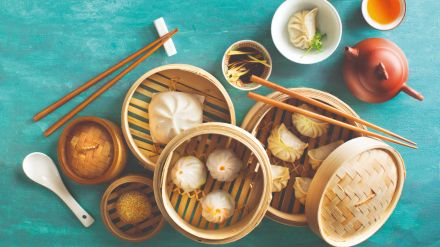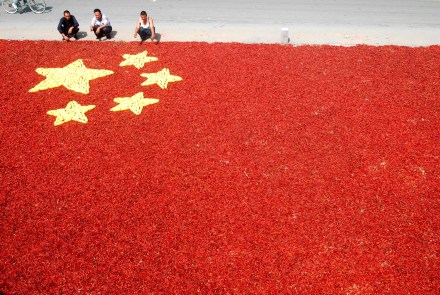A choice of this year’s cook books
What a relief to find ourselves in a non-faddy cook book year. We are not being encouraged to chew only plants, ferment everything, grow burgers in labs or devour insects. It’s not that I don’t look for answers to how we should eat to survive the future, but I know a thing or two about the human appetite and no scheme seems any more sustainable than the way the West eats now. The answer is there – and always has been – but it’s adrift. In The Lost Supper: Searching for the Future of Food in the Flavours of the Past (Greystone Books, £19.99), Taras Grescoe identifies the crucial ingredient:




